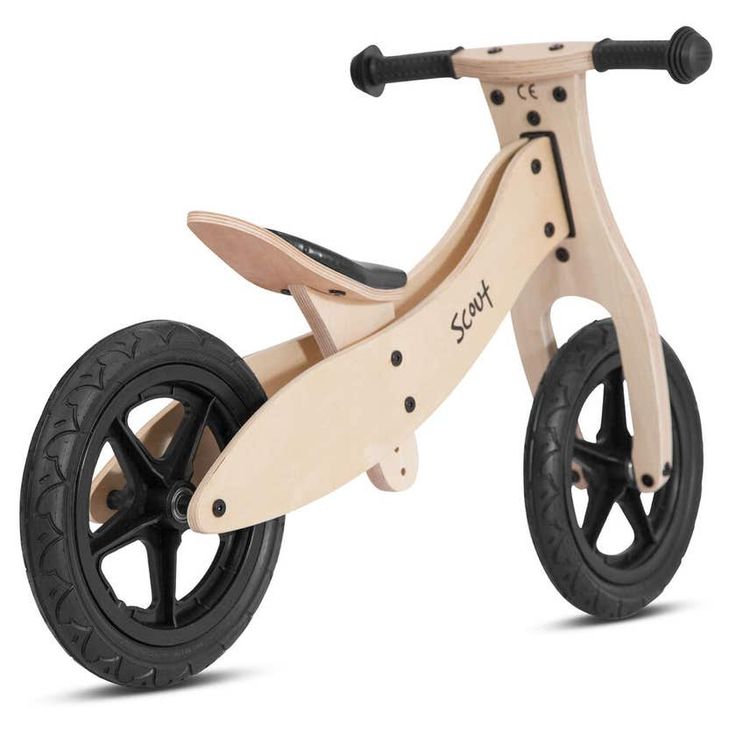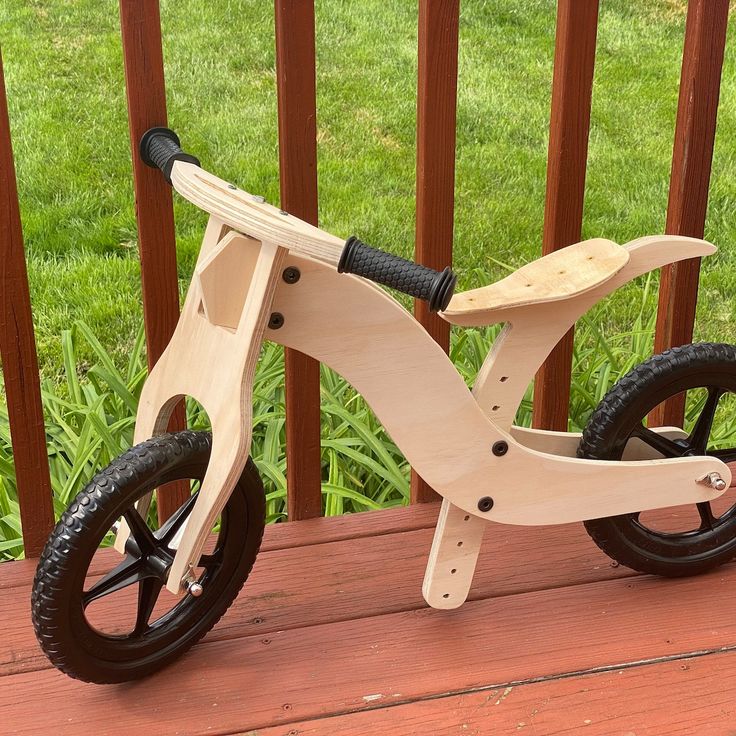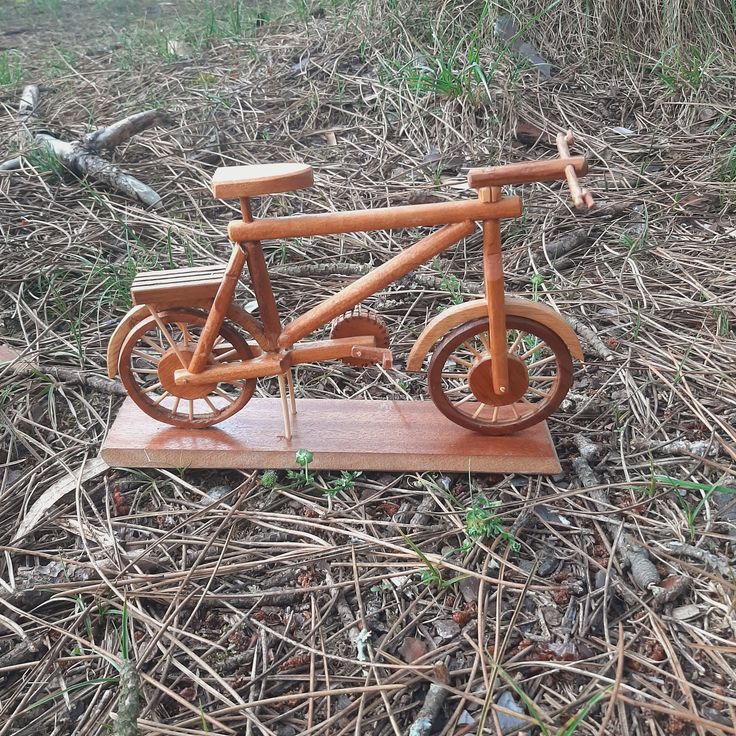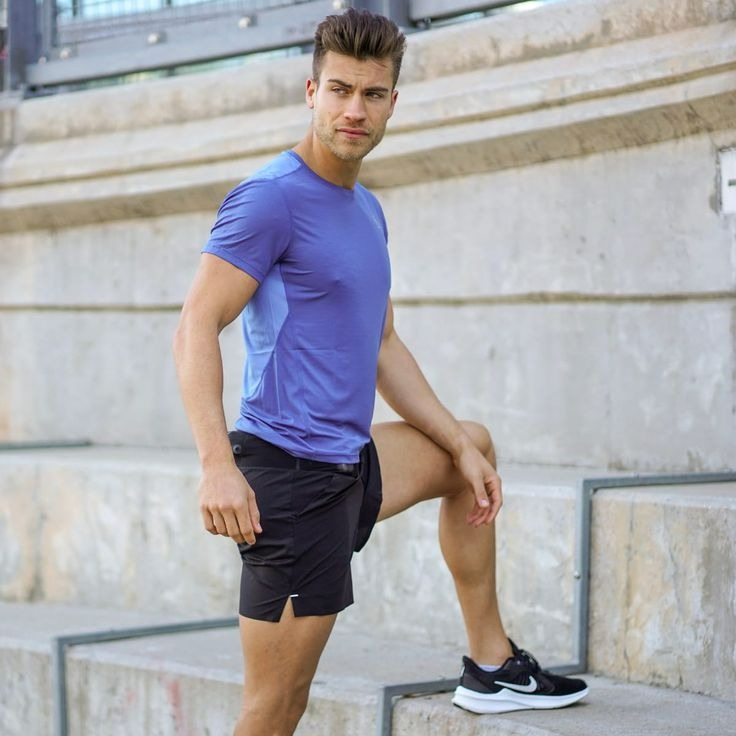The Rise of Maplewood Bicycles
Maplewood bicycles are becoming increasingly popular. In recent years, we’ve seen more people choosing them. It’s not just their unique appeal; there are practical reasons too. They offer quality craftsmanship and sustainable materials. This makes them attractive for eco-conscious riders.
Their rise correlates with trends in green transportation. Maplewood bikes stand out. They promise an environmentally friendly option. This is key in a market aware of carbon footprints. Durability is another reason for their success. With maplewood, bikes withstand more wear and tear.
Moreover, the wooden aesthetic catches the eye. It adds a touch of class and nostalgia. A Maplewood bicycle is not just a ride. It’s a statement. It reflects lifestyle choices and values. Riders want more than function; they want style and substance.
Advancements in technology have also played a role. Modern maplewood bikes offer advanced features. These include better shocks and ergonomic designs. They suit a variety of terrains and riding preferences. So, riders no longer compromise on performance or comfort.
Popularity has also surged due to community. Maplewood bicycle clubs and groups have spread. They create bonds among enthusiasts. Social media showcases these bikes, fueling their rise. Word of mouth and visual appeal through platforms make a difference.
In sum, the blend of eco-friendliness, style, and technology has pushed Maplewood bicycles to the fore. They’ve become a favored choice for a diverse group of cyclists. From daily commuters to leisure riders, the Maplewood bicycle makes its mark on the cycling world.

Key Features to Consider When Selecting a Maplewood Bicycle
When you’re in the market for a maplewood bicycle, there are specific features to bear in mind. Here’s a quick guide to help you choose the right one:
- Material Quality: The maple wood used should be top-notch. It affects durability and ride comfort.
- Frame Design: Look for designs that offer both strength and style. The frame shape impacts your bike’s performance.
- Component Quality: Check the quality of gears, brakes, and pedals. They should be from reputable brands.
- Weight: Maplewood bikes can vary in weight. A lighter bike will be easier to handle.
- Tire Type: Choose tires that match your riding terrain. Different treads are suited for different surfaces.
- Rider Comfort: Seats and handlebars should align with your ergonomic needs. Comfort is key, especially for long rides.
- Aesthetics: Select a bike that appeals to your personal style. It’s more than transport; it’s a lifestyle choice.
- Tech Features: Consider bikes with modern advancements. Things like shock absorption can enhance your ride.
- Eco-friendliness: Ensure your maplewood bike is sustainably sourced. It should align with ecological values.
Balancing these features with your budget and riding habits is crucial. Make sure the maplewood bicycle you choose meets your needs and represents who you are as a rider.
How to Determine the Right Size and Fit for Your Maplewood Bike
Finding the right size and fit for your maplewood bicycle is vital. It ensures comfort and prevents injuries. Here are steps to get the perfect fit:
- Measure Your Inseam: Stand with your feet apart and measure from the ground to your crotch. Use this measurement to find the right frame size.
- Check Standover Height: The space between you and the bike’s top tube should allow for comfortable standing. Ensure there is a one to two-inch gap.
- Adjust the Seat Height: Your leg should be slightly bent when the pedal is at its lowest point.
- Set the Seat Position: Align the seat so that your knee is over the pedal axle when the pedal is at 3 o’clock.
- Handlebar Height and Reach: Aim for a natural arm bend. Your back should feel comfortable without overreaching.
- Test Ride: Always test ride your maplewood bike. Pay attention to how your body feels during the ride.
- Consult a Professional: If unsure, seek advice from a bike shop expert. They can help fine-tune your fit.
Remember, the right fit helps you enjoy your rides more. It lets you control the bike better and ride longer without discomfort.

Expert Tips on Choosing the Right Type of Maplewood Bicycle for Your Needs
Choosing the perfect maplewood bicycle can be tricky. Here’s how to match one to your cycling needs:
Identify Your Riding Style: Are you cruising city streets or hitting rugged trails? Your style dictates the bike model.
Consider Frame Styles: Road, mountain, and hybrid frames serve different purposes. Pick one that suits your typical routes.
Think About the Bike’s Use: Daily commutes need durability. Leisure rides? Go for comfort. Adjust your choice accordingly.
Assess Skill Level: Beginners might want a simpler, stable bike. Experienced riders can handle advanced features.
Ponder Portability: If you travel with your bike, lighter and foldable models are ideal.
Don’t Forget Storage: Plan for how and where you’ll store the bike. Ensure it fits your space.
Look for Versatility: Some maplewood bikes offer adjustable components. These can grow with your skill level.
Taking these expert tips into account will help you find a maplewood bicycle that’s right for you. Remember, a maplewood bicycle is an investment in your health and the environment. Take the time to choose wisely, and you’ll enjoy your riding experience for years to come.
The Pros and Cons of Different Maplewood Bicycle Models
When choosing a maplewood bicycle, it’s crucial to weigh the pros and cons of each model. Here’s a concise examination to assist you in your decision-making process.
Pros of Maplewood Bicycles
- Eco-Friendly: Maplewood bikes have a low carbon footprint, making them great for the environment.
- Durability: The wood construction is robust, standing up to wear and tear.
- Aesthetic Appeal: They boast a unique, classic style that turns heads.
- Comfort: Many find the natural material offers a smoother ride.
- Customization: Wood allows for numerous design and personalization options.
Cons of Maplewood Bicycles
- Weight Variations: Some models may be heavier than conventional bikes.
- Price Points: The craftsmanship can mean a higher price.
- Maintenance: Wood may require more care to maintain its condition.
- Weather Sensitivity: Extreme conditions can affect wood more than metal frames.
It’s important to consider these points in light of your personal needs and cycling habits. Whether you prioritize sustainability, style, or maintenance, there’s a maplewood bicycle model that’s right for you. Make sure to keep the balance between the positives and your specific preferences as you choose your ideal ride.

Essential Accessories for Your Maplewood Bicycle
Once you’ve chosen your perfect maplewood bicycle, you shouldn’t overlook the accessories. They can elevate your biking experience. Here’s what you should consider getting:
- Helmets: Safety comes first. Pick a helmet that fits well and adds to your style.
- Locks: Secure your maplewood bike wherever you go with a sturdy lock.
- Lights: For night rides, ensure visibility with front and back lights.
- Pumps: Keep your tires at the right pressure with a portable pump.
- Repair Kits: Be ready for mishaps. Include tools and patches in your kit.
- Bags and Baskets: Carry your essentials with ease. Select a bag or basket that fits your bike.
- Fenders: Protect yourself from mud and water splashes with quality fenders.
- Bottle Holders: Stay hydrated on the go. Fix a holder to keep your water bottle within reach.
These accessories not only serve practical purposes but also complement your maplewood bicycle’s aesthetics. Prioritize items based on your needs and where you ride. Gear up properly and you’ll enjoy your maplewood bicycle even more.
Maintenance and Care for Your Maplewood Bicycle
Maintaining your maplewood bicycle ensures its longevity and performance. Here’s how you can keep your bike in top condition:
- Regular Cleaning: Dirt and grime can damage wood. Wipe your bike down after rides. Use a soft cloth and mild soap.
- Moisture Protection: Wood is sensitive to moisture. Store your maplewood bicycle indoors. Avoid leaving it out in the rain.
- Sunlight Precautions: Prolonged exposure to sunlight can fade the wood. Find shaded spots when parking outdoors.
- Regular Inspections: Check for cracks or signs of wear regularly. Early detection prevents bigger issues.
- Lubricate Moving Parts: Apply lubricants to chains and gears. It keeps them running smoothly.
- Tighten Components: Screws and bolts may loosen over time. Tighten them regularly to avoid accidents.
- Professional Servicing: Schedule yearly check-ups with a professional. They can handle complex maintenance tasks.
- Use Specific Wood Care Products: Certain polishes and sealants protect the wood’s integrity. Choose products designed for maple wood.
Proper care extends the life of your maplewood bicycle. It ensures safety and enhances your riding experience.

